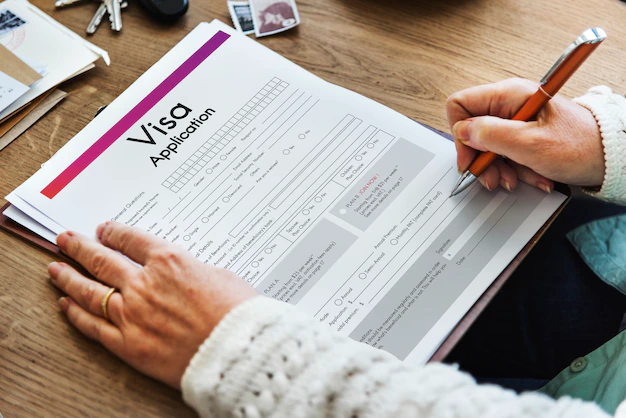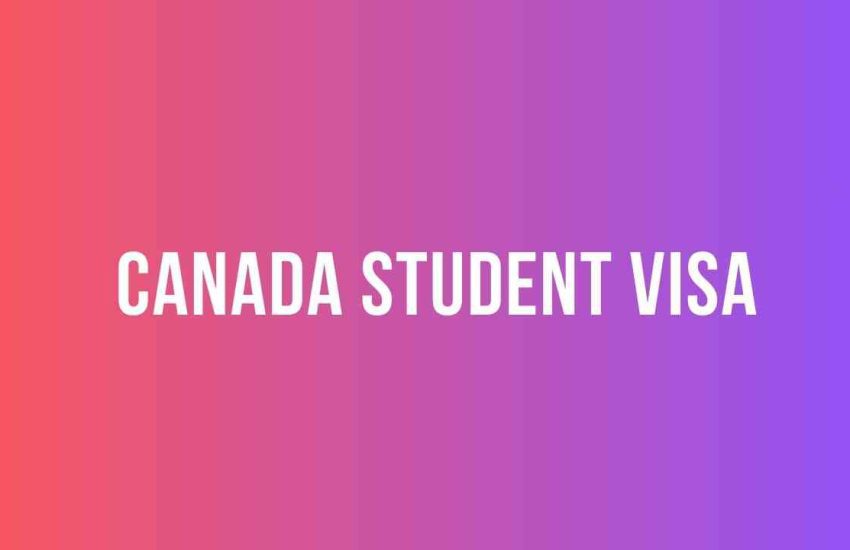Writing an introduction letter to an embassy for a visa application can be crucial. This letter serves as an official introduction and provides important details about the purpose of your visit, your background, and your intention to comply with the immigration laws of the host country. A well-written and persuasive letter can greatly enhance your visa chances.
In this article on workliveinCanada, we will guide you through the process of writing an effective introduction letter to the embassy for a visa application, helping you present your case compellingly.
How to Write an Introduction Letter to the Embassy
Understand the Purpose of the Introduction Letter
The introduction letter serves as your first point of contact with the embassy and aims to provide a brief overview of your visa application. It should establish your identity, state the purpose of your visit, and demonstrate your sincerity and willingness to abide by the rules and regulations of the host country.
Research the Embassy’s Requirements
Before writing your introduction letter, thoroughly research the specific requirements and guidelines of the embassy. Each embassy may have its own set of rules and preferences regarding the format and content of the letter. By understanding these requirements, you can tailor your letter accordingly, increasing the chances of it being well-received.3
Use a Professional Tone and Format
Start your introduction letter with a professional salutation, such as “Dear Consular Officer” or “To Whom It May Concern.” Maintain a formal tone throughout the letter and a respectful and courteous approach. Format the letter as a standard business letter, including your contact information, the embassy’s address, and the date.
Clearly State the Purpose of Your Visit
In the opening paragraph, clearly state the purpose of your visit. Whether you are applying for a tourist, business, or student visa, provide a concise and specific explanation of your intentions. Be honest and transparent, as discrepancies or misrepresentations may lead to visa rejection.
Provide Supporting Details and Documentation
In the subsequent paragraphs, provide supporting details to bolster your application. Highlight your ties to your home country, such as your employment, family, property, or educational commitments, to demonstrate your intention to return after your visit. Include relevant documents, such as an invitation letter, hotel reservations, or a detailed itinerary.
Explain Your Financial Situation
Clearly explain your financial situation and how you plan to support yourself during your stay. If someone else sponsors your trip, provide their details and a supporting letter. This will help assure the embassy that you have the means to cover your expenses and will not become a burden on the host country’s resources.
Showcase Your Travel History and Compliance
Highlight your previous travel history, especially to countries with similar visa requirements. If you have previously obtained visas and adhered to the immigration laws of other countries, mention these experiences to demonstrate your compliance and responsible travel behaviour.
Express Gratitude and Politeness
In the concluding paragraph, express your gratitude for the embassy’s time and consideration. I politely request their assistance processing your visa application and thank them for their attention to your case. End the letter with a formal closing, such as “Sincerely” or “Yours faithfully,” followed by your full name and signature.
Introduction Letter to Embassy Frequently Asked Questions
1. What is an introduction letter for a visa application?
An introduction letter for a visa application is a formal letter addressed to the embassy or consulate of the host country. It serves as an initial communication and provides important information about the purpose of your visit, your background, and your commitment to abide by the immigration laws of the host country.
2. Why is an introduction letter necessary for a visa application?
An introduction letter is necessary because it introduces you to the embassy or consulate and provides them with essential details about your visit. It allows you to express the purpose of your trip, demonstrate your ties to your home country, and provide supporting evidence to strengthen your visa application.
3. What should I include in the introduction letter?
In your introduction letter, you should include your personal information, the purpose and duration of your visit, your travel itinerary, details of any sponsorship or financial support, and your intention to comply with the laws and regulations of the host country. Additionally, you may include supporting documents, such as a letter of invitation or hotel reservations.
4. How should I format the introduction letter?
The introduction letter should be formatted as a standard business letter. Begin with a professional salutation, provide your contact information, and respectfully address the embassy or consulate. Use a formal tone throughout the letter and end with a closing and your signature.
5. Can I copy a sample introduction letter from the internet?
While you can find sample introduction letters online, writing the letter in your own words and tailoring it to your specific circumstances is important. Copying a sample letter verbatim may not accurately represent your situation and could lead to inconsistencies or discrepancies, harming your visa application.
6. How long should the introduction letter be?
The introduction letter should be concise yet provide all the necessary information. Typically, it should not exceed one or two pages. Ensure that the letter is well-organized and easy to read, with clear headings and paragraphs.
7. Should I use a specific language or tone in the letter?
It is advisable to use a formal and polite tone in your introduction letter. Address the embassy or consulate respectfully and maintain professional language throughout. Avoid using slang or casual language that may detract from the formal nature of the letter.
8. Should I send any supporting documents with the introduction letter?
Depending on the requirements of the embassy or consulate, you may need to include supporting documents along with your introduction letter. These may include a letter of invitation, hotel reservations, flight itinerary, financial statements, or any other relevant documentation that strengthens your visa application. Always check the specific requirements of the embassy or consulate before submitting your application.
9. How soon should I send the introduction letter before my trip?
Submitting your introduction letter and visa application well before your intended travel dates is advisable. Embassy processing times can vary, so it is best to allow ample time to ensure a smooth application process and account for any potential delays.
10. What should I do if my introduction letter is rejected?
If your introduction letter or visa application is rejected, carefully review the reasons provided by the embassy or consulate. Address any concerns or discrepancies and seek professional assistance, such as consulting with an immigration lawyer or reapplying with a revised and strengthened application.
Conclusion
Writing an introduction letter to the embassy for a visa application is crucial in obtaining a visa. By following the guidelines outlined in this article, you can create a persuasive and professional letter that enhances your chances of visa approval.
Remember to be truthful, concise, and respectful throughout the letter, providing all the necessary details and supporting documentation. Good luck with your visa application, and may your travel plans come to fruition.



